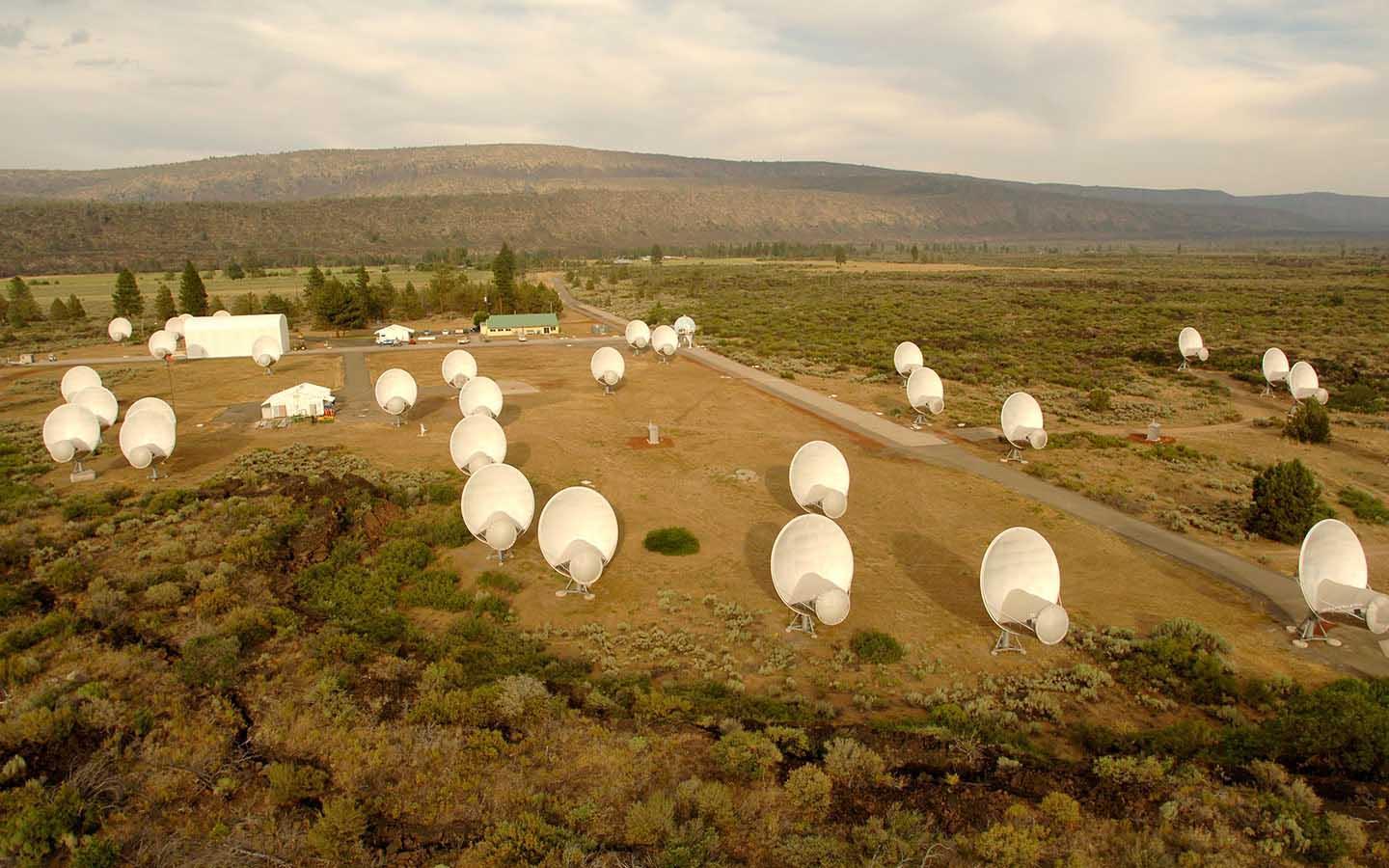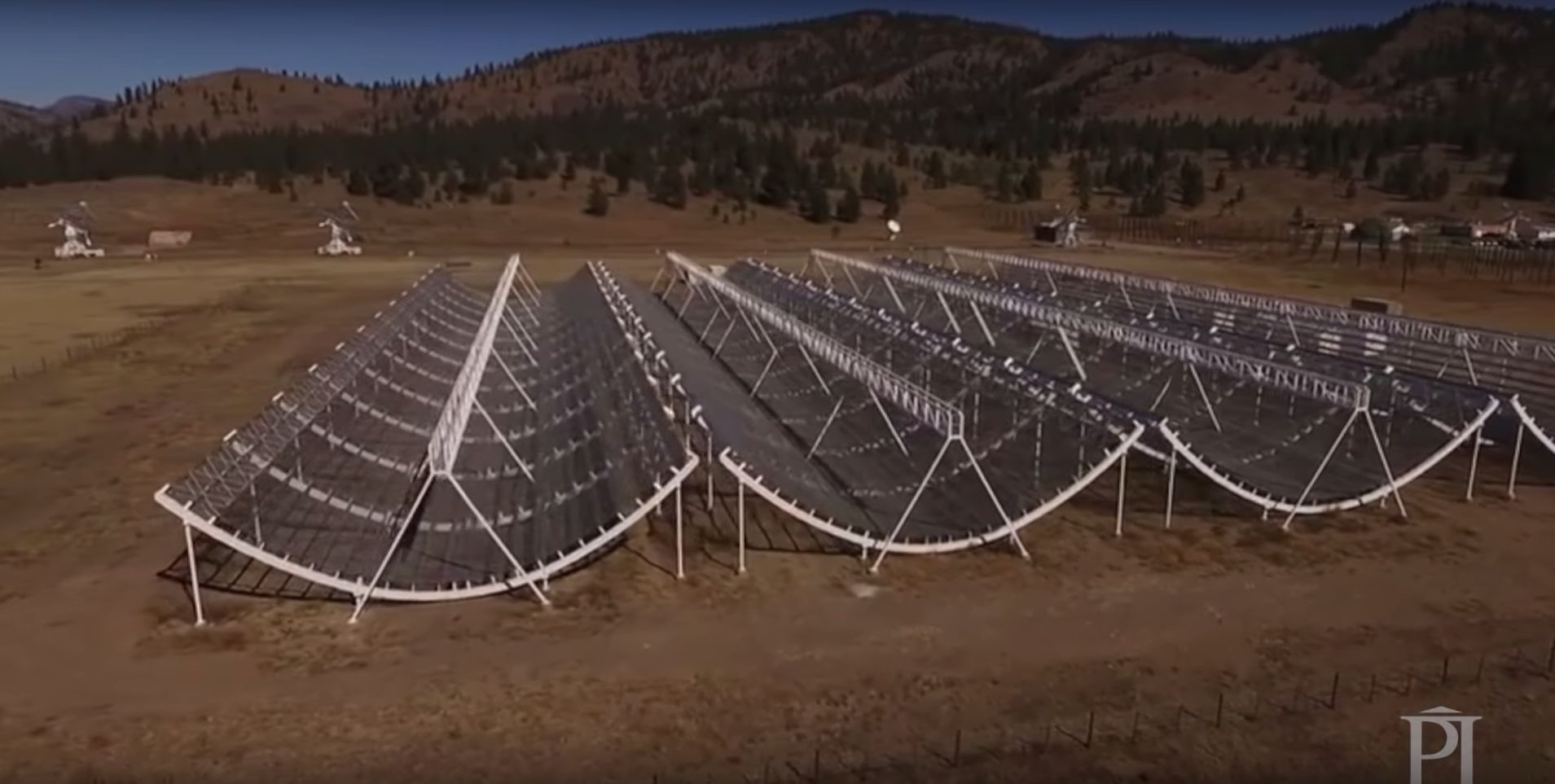
Technosearch, a new web-based tool that archives all published SETI searches from the 1960s to the present day, has attracted attention since being announced by the SETI Institute in early January. The tool not only allows researchers to quickly access previously hard-to-find work, but also allows users to submit their own searches, ensuring the endeavor will remain current. The tool was developed by Jill Tarter, SETI pioneer and co-founder of the SETI Institute, who said she started the archive as a graduate student. Among those who collaborated to develop Technosearch is former SETI Research Experience for Undergraduates (REU) intern Andrew Garcia. As Garcia pointed out in the statement, “we can’t know where to look for evidence tomorrow if we don’t know where we have already looked”. Technosearch is the first time that all SETI searches and results have been collected in one place and represents a notable boon for the SETI community.
- Space.com: Is Anyone Out There? New SETI Tool Keeps Track of Alien Searches
- Space Daily: The Truth is Out There: New Online SETI Tool Tracks Alien Searches
- Coast to Coast AM: New Online Database Catalogs Decades of SETI Searches
- GeekWire: Scientists look for new ways to track the technosignatures of alien civilizations
- SETI.org: The First Comprehensive, Interactive Tool to Track SETI Searches
- SETI.org: Research Experience for Undergraduates
 The FRB Puzzle Unfolds
The FRB Puzzle UnfoldsTechnological advances in radio astronomy mean that it’s now possible to detect more and more strange and powerful bursts of radio waves, lasting only milliseconds, that intrigue scientists and the general public. Most seem to appear just once, but two have been detected that repeat. The cause of the signals, called fast radio bursts (FRBs) remains unknown – and, as with many strange phenomena, the mysterious nature of FRBs has spurred speculation that their origin may be a sign of extraterrestrial technology. Salon turned to the SETI Institute’s Senior Astronomer, Seth Shostak, for comment:
"It is hard to imagine this type of communication would make much sense to broadcast,” Seth Shostak, a senior astronomer at the Search for Extraterrestrial Intelligence (SETI), told Salon. Moreover, Shostak noted, the FRBs are randomly distributed. "They aren’t coming from one galaxy, they are coming from all over... and when it comes from all over, history tells you it is nature, not aliens.”
While it seems unlikely that the energy bursts are a sign of alien technology, there is a great deal of interest in understanding the perplexing phenomena, as the Huffington Post noted:
Seth Shostak, senior astronomer and director of the Center for SETI Research, a nonprofit based in California that searches for extraterrestrial intelligence, also has high hopes of learning the FRBs’ origin, which he said is “bound to be interesting.”
“These things belch out tens of millions of times as much energy as the sun would belch out in a similar length of time, so whatever it is, it is something very, very powerful,” he told radio station KCBS. “It could be colliding black holes but you don’t expect black holes to collide and then an hour later collide again, and then after that to collide again, right? So, it’s got to be something that can repeat”
In addition to KCBS, Shostak appeared on KGO Radio to discuss the latest detection of a second repeating FRB. As detection methods improve, the interest in closely studying FRBs and unlocking their origins ramps up.
- Salon: A weird, immensely powerful radio signal is perplexing astronomers
- Huffington Post: Mysterious Repeating Radio Signal Detected In Deep Space For Only The Second Time
- KCBS Radio: Low-Frequency Sounds From Deep Space Puzzle Experts
- KGO Radio: Ethan Bearman Show: Astronomers Detect New Signals From Across the Universe
- EarthSky: A 2nd repeating radio burst from the depths of space
 Unistellar’s eVscope and SETI Institute: a Crowdfunding Success Story
Unistellar’s eVscope and SETI Institute: a Crowdfunding Success StoryThe eVscope telescope was on display at CES in early January, showcasing a new way of stargazing and engaging in citizen science. Touted as one of the most successful crowdfunding projects, Unistellar developed the eVscope in partnership with SETI Institute Senior Planetary Astronomer Franck Marchis. Gadget, a consumer technology magazine, covered the story:
Two years ago, the startup held some of the earliest demonstrations of the eVscope, then in its proof-of-concept phase, at CES… CES is also where Unistellar’s citizen-astronomy ambitions got an enormous boost when the company’s founders met Dr. Franck Marchis, senior astronomer at the SETI Institute. Dr. Marchis has since joined the start-up as Chief Scientific Officer to develop the company’s citizen-science component. Thanks to a partnership between Unistellar and the SETI Institute, the eVscope’s users will be able to join a large community of observers who contribute to scientific discovery while witnessing special astronomical events like comets, supernovae, and asteroids.
You can read more about Marchis’s work with Unistellar on our website, SETI.org.
- Gadget: CES: Unistellar eVscope Telescope
- SETI.org: Unistellar to receive CES 2018 Innovation Award for smart, powerful, crowd-funded consumer telescope
Big Picture Science
In last week’s episode, sand, one of the most used building materials in civilization’s history, is running out! Grab your hourglass and give a listen to True Grit. On our previous week’s episode, science fiction helps us imagine the future of science and technology in Sci-Fi From the Future.
Last time on Facebook Live, CEO Bill Diamond is joined by SETI Institute senior research scientist and fellow Mark Showalter, who played a key role in the New Horizons flyby of Ultima Thule. Videos of all past Facebook Live events can be found on our Facebook page: https://www.facebook.com/SETIInstitute/
- Frontier Development Lab Big Think: January 29, 2019, SETI Institute, Mountain View, CA
- Benjamin Dean Astronomy Lectures: New Approaches to Looking for E.T.: February 11, 2019, California Academy of Sciences, San Francisco, CA Seth Shostak is the featured speaker
- TESS Data Workshop: February 11-14, 2019, Baltimore, MD SETI Institute scientist Jeffrey Smith is one of the scheduled speakers
- American Association for the Advancement of Science Annual Meeting: February 14-17, 2019, Washington, D.C.
- San Mateo County Astronomical Society: March 1, 2019, College of San Mateo, San Mateo, CA SETI Institute scientist Michael Busch will present Near Earth Asteroid Hazards, Research and Space Missions
- Kepler &K2 Science Conference V: March 4-8, 2019, Glendale, CA SETI Institute scientist Douglas Caldwell will present The Kepler Photometer
- 50th Lunar and Planetary Science Conference: March 18-22, 2019, The Woodlands, TX





